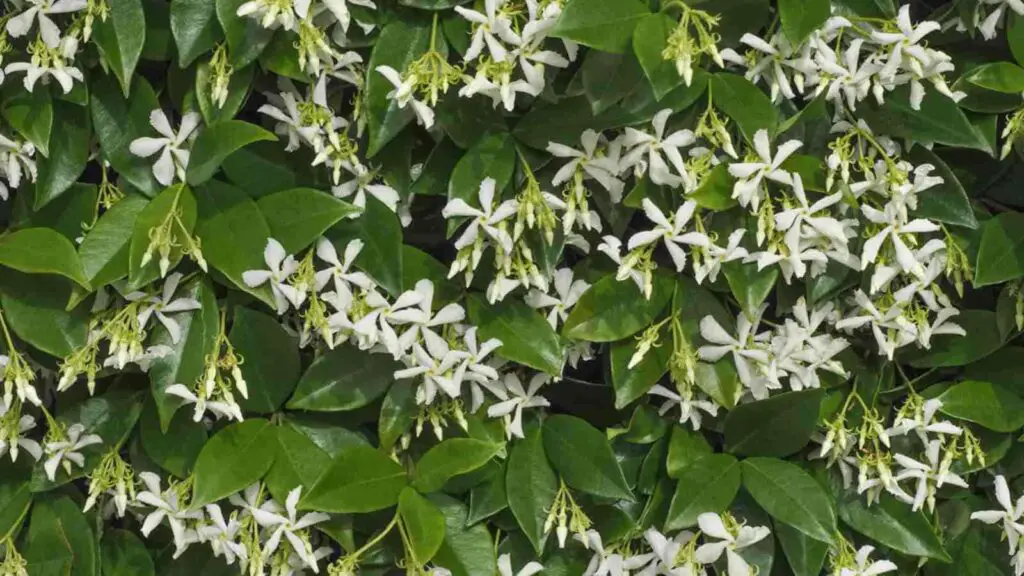Jasmine, or ‘gelsomino‘ as it is known in Italian, is not just a plant with fragrant flowers; it embodies a significant cultural heritage within Italian traditions. Its presence in folklore and art spans centuries, influencing the sensory and aesthetic dimensions of Italian life. This article explores the multifaceted role of jasmine in Italy, detailing its integration into folklore, its symbolic significance in art, and its perpetual charm that continues to inspire.
Historical Roots and Cultural Significance of Jasmine in Italy
Jasmine first arrived in Italy through Eastern trade routes. Quickly, it was woven into the fabric of local culture, primarily due to its intoxicating fragrance and beautiful blossoms. In Italian folklore, jasmine has often been seen as a symbol of love and sensuality. Its use in wedding ceremonies and its presence in bridal bouquets underscore its association with purity and deep affection.
During the Renaissance, jasmine’s popularity soared, finding a foothold in the realms of art and garden design. Italian nobility incorporate jasmine in vast and intricate garden labyrinths, not only for its aesthetic appeal but also for its aromatic environment which was thought to be conducive to contemplation and lovers’ discourse.
Jasmine in Italian Art and Literature
In Italian art, jasmine has been a frequent motif, symbolizing innocence and purity. Renaissance painters often adorned their subjects with jasmine to signify purity and divine love. The subtle yet profound presence of jasmine in these artworks speaks to a deeper understanding of its symbolic resonance within Italian culture.
Literature, too, reflects the jasmine’s emblematic role. Italian poets and writers have long used the imagery of jasmine to evoke themes of love and tender emotions. The way jasmine weaves through Italian poetry, aligning with the lyrical traditions of the country, demonstrates its integral role in the narrative of Italian artistry.
Jasmine’s Modern Cultural Impact
Today, the cultivation of jasmine in Italy continues to be a testament to its enduring appeal. Its scent is ingraine in the production of perfumes and essential oils, linking modern craftsmanship with traditional uses. Furthermore, jasmine festivals, particularly in southern regions like Calabria and Sicily, highlight the flower’s ongoing cultural importance. These festivals not only celebrate the beauty and aroma of jasmine but also its role in local economies and communities.
Jasmine and Its Botanical Prowess
Scientifically known as Jasminum, this genus includes over 200 species, several of which are native to Italy. The versatility of jasmine, both in growth and use, makes it a staple in Italian horticultural practices. Its ability to thrive in the Mediterranean climate allows it to be use in a variety of ways, from ornamental designs to functional hedging.
Sustainability and Conservation Efforts
With increasing awareness of environmental issues, Italy has also begun to focus on sustainable practices in the cultivation of jasmine. This includes using organic farming techniques that avoid harmful pesticides, promoting biodiversity, and conserving water. Such practices not only ensure the health of the plants but also protect the ecosystems where they are grown.
Conclusion
The role of jasmine in Italian folklore and art is profound and multifaceted. Its influence on cultural traditions, artistic expressions, and even modern sustainability efforts showcases the depth of its integration into Italian life. As jasmine continues to be celebrate in various forms, it remains a timeless emblem of Italy’s cultural and natural heritage.


